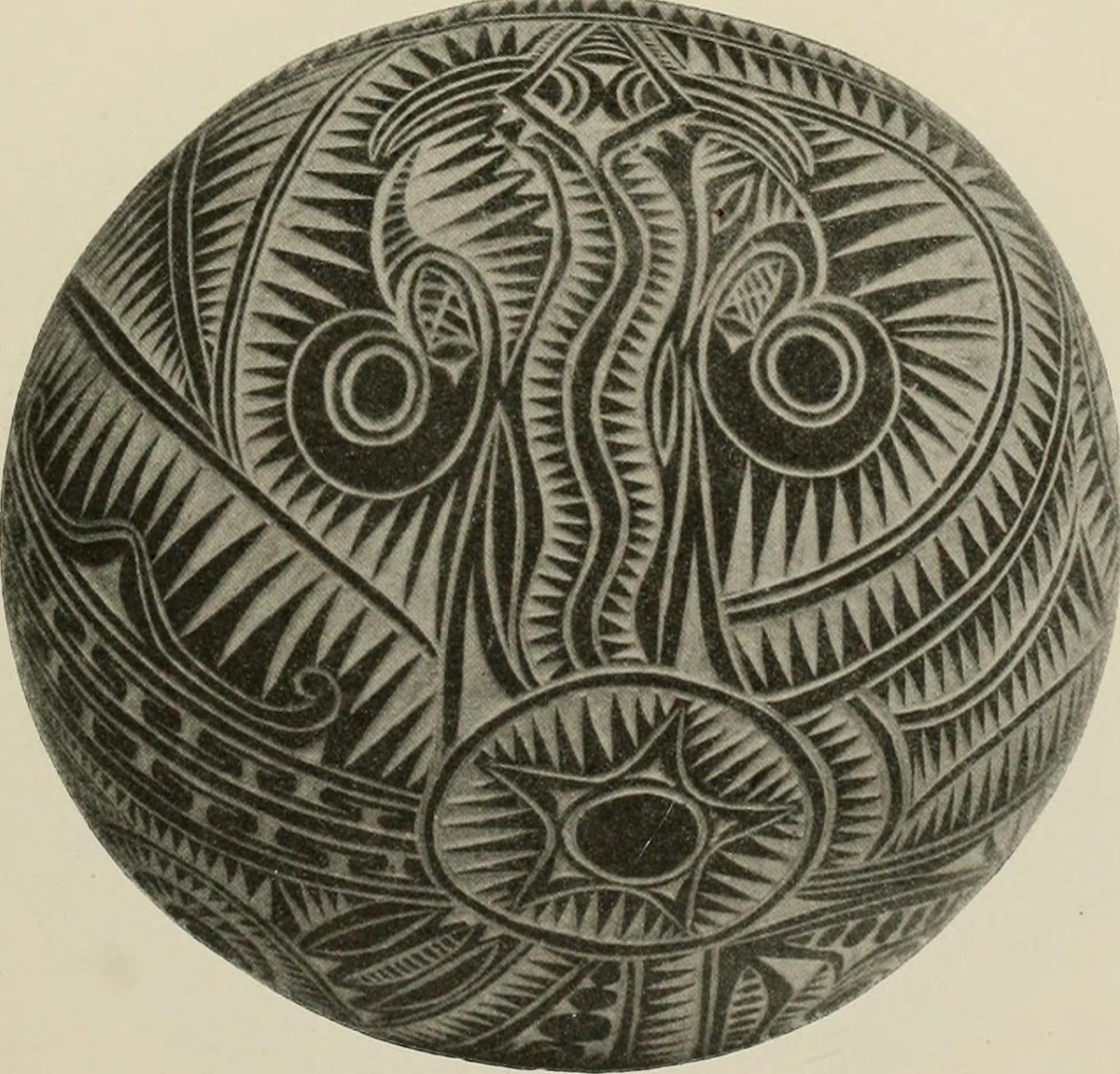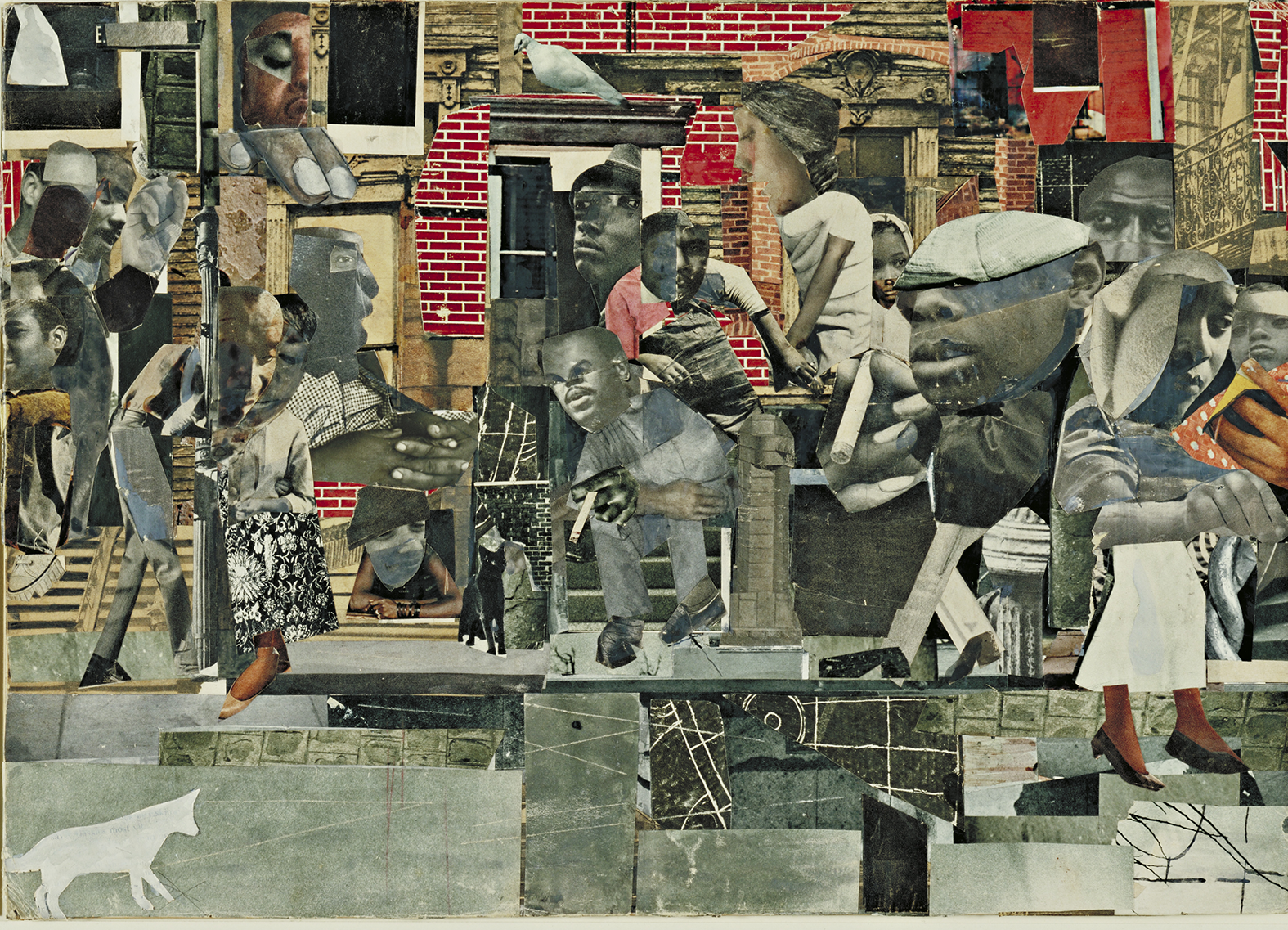Study Guide
Field 102: Art
Sample Selected-Response Questions
Recommendation for individuals using a screenreader: please set your punctuation settings to "most."
General Test Directions
This test consists of two sections: 1) a section with selected-response questions and 2) a constructed-response section.
Each question in the first section is a selected-response question with four answer choices. Read each question and answer choice carefully and choose the start uppercase ONE end uppercase best answer.
Try to answer all questions. Even if you are unsure of an answer, it is better to guess than not to answer a question at all. You will start uppercase NOT end uppercase be penalized for guessing.
The second section of this test consists of one constructed-response assignment. You will be asked to provide a written response to the assignment. Directions for completing your written response to the constructed-response assignment appear immediately before the assignment.
You may start uppercase NOT end uppercase use any type of calculator or reference materials during the test session.
Sample Selected-Response Questions
Competency 0001
Apply knowledge of media, tools, technologies, methods, and techniques used in drawing and painting.
1. Which of the following methods is the safest for removing excess pastel dust from a drawing?
- spraying the drawing with a fixative
- wiping down the drawing
- brushing the dust off of the drawing
- gently tapping the back of the drawing
Correct Response: D. Gently tapping the back of a drawing to remove excess pastel dust minimizes the risk of dust inhalation, especially if done outdoors. Gently tapping also minimizes the risk of smudging the drawing.
Competency 0003
Apply knowledge of media, tools, technologies, methods, and techniques used in printmaking and photography.
2. Photo emulsion is a substance used in which of the following printmaking processes?
- drypoint
- serigraphy
- linoleum block
- monoprinting
Correct Response: B. Photo emulsion, a light-sensitive coating substance, is commonly used in serigraphy to transfer a "positive" image to a screen of synthetic fabric.
Competency 0004
Apply knowledge of media, tools, technologies, methods, and techniques used in media arts, functional arts, performance art, and conceptual art.
3. The U S Occupational Safety and Health Administration (O S H A) makes which of the following safety recommendations regarding working at computer stations?
- Support the lumbar region of the back.
- The top of the monitor should be slightly higher than eye level.
- Use a work chair that has a four-legged base.
- Elbows should be lower than the keyboard when using the keyboard.
Correct Response: A. The U S Occupational Safety & Health Administration open parens O S H A close parens is a federal agency whose purpose is to ensure safe and healthy working conditions for the population. O S H A suggests using a rolled-up towel or removable back support cushion if a workstation chair does not have lumbar support.
Competency 0006
Analyze the use of the elements of art in works of art.
4. In a painting, placing large blocks of complementary colors side by side would most likely create an impression of:
- strong visual tension.
- sharply distorted proportions.
- muddy, washed-out tones.
- a subtle blending of hues.
Correct Response: A. Complementary colors, which are opposite each other on the color wheel, provide maximal visual contrast. The juxtaposition of these colors results in a vibrating sensation in the eye and thus an impression of tension.
Competency 0007
Analyze the use of the principles of design in works of art.
5. start bold Use the reproduction below of a carved coconut shell1 to answer the question that follows. end bold

The graphic is a photograph of a carved coconut shell. The color palette is neutral and features black and tan. The design motif has a rough implied texture because it includes many carved geometric shapes such as triangles and circles all over the surface of the coconut. Rounded lines create an abstract representation of a face.
Which of the following statements best describes the interaction of elements in this work of art?
- The variety of decorative shapes and lines gives the work a random, unplanned appearance.
- Unity is created by the use of curving elements that echo the natural shape of the coconut.
- The highly dramatic use of value contrasts tends to flatten the work visually.
- The rhythm of the design is interrupted by the repeated use of the pointed, toothlike motif.
Correct Response: B. The use of strong, sweeping curves and round motifs in the decoration of this object reiterates the coconut's natural curved form, helping to create an overall sense of unity.
Competency 0008
Analyze contemporary approaches of visual organization.
6. start bold Use the reproduction2 below to answer the question that follows. end bold

The work is a collage depicting a busy street scene in a city. The collage contains a combination of color and grayscale images of people, a dove and what appears to be two cats, a sidewalk, and the suggestion of a brick building. Many of the images are cut-outs from photographs and magazines.
Which of the following elements in this work exemplifies the artist's use of appropriation?
- fragmented images of city life
- inclusion of preexisting images
- image of a dove above a busy street scene
- black-and-white and color images
Correct Response: B. Appropriation in art refers to an artist using preexisting images or objects in their art. In this work, the artist selected and cut out found images and combined them with other media to create a collage.
Competency 0009
Demonstrate knowledge of works of art, artists, and characteristics of art and of major art movements in various cultures throughout history.
7. start bold Use the reproduction3 below to answer the question that follows. end bold

The graphic is a reproduction of a painting from the thirteenth century. The painting is a landscape, oriented laterally. The painting uses black paint and features mountains, trees, and rocks. Most of the visual weight in the painting is on the right side and the left side features open space. There is black calligraphy in the upper right corner and red calligraphy in the lower right and left corners.
This painting is an example of the art from which of the following cultures?
- Indian
- Chinese
- Mesopotamian
- Persian
Correct Response: B. This landscape painting is an anonymous work created by a Chinese artist in the thirteenth century. The use of open space as an important design element, the focus on capturing the essence of the natural environment, and the conventional stylizations used to depict natural forms such as trees and rocks are all highly characteristic of traditional Chinese landscape painting.
Competency 0012
Analyze how works of art relate to historical and current cultural, political, and societal issues.
8. Groups such as the Guerrilla Girls, Art Table, and N A W A have impacted society primarily through their support and advocacy for:
- Black artists.
- environmental artists.
- Indigenous artists.
- female artists.
Correct Response: D. Groups such as the Guerrilla Girls, Art Table, and N A W A focus primarily on supporting and advocating for female artists by combating sexism and promoting feminism in the art world.
Competency 0013
Demonstrate knowledge of aesthetics and art criticism.
9. Which of the following is most typical of fifteenth-century Flemish painters' use of art to communicate meaning?
- Classical treatments of portraiture were used to suggest the heroic qualities of historical figures.
- Chiaroscuro effects were used to make highly personal and emotional artistic statements.
- Everyday objects were endowed with symbolic content to convey spiritual meaning.
- Realistic themes were depicted in an objective and unromanticized manner to make strong political statements.
Correct Response: C. In the fifteenth century, painters of Northern Europe often incorporated everyday objects into their works to express symbolic spiritual meaning. The presence of a dog in a painting of a married couple is symbolic of fidelity, for example, and a vase of lilies in an Annunciation scene might denote purity.
Competency 0015
Demonstrate knowledge of careers in the visual arts.
10. When an artist is creating an online portfolio for an interview for a full-time design job it is most important for this artist to include:
- only professional work.
- the best work last.
- a wide range of works.
- no more than ten works.
Correct Response: C. An online portfolio should give viewers a strong sense of the type of work the artist has done. Including a wide range of works will give a prospective employer a good sense of the artist's skill set and ability to produce many types of designs for many types of projects.
Acknowledgments
1 Archive image from page 56 of Decorative art of New Guinea. Decorative art of New Guinea, incised designs decorativeartofn04lewi Year: 1925 COCONUT-SHELL CUP FROM HUON 6ULF, NEW GUINEA. Contributor: Actep Burstov / Alamy Stock Photo.
2 Bearden, Romare 19 11 to 19 88 copyright 2023 Romare Bearden Foundation / Licensed by VAGA at Artists Rights Society (ARS), NY. The Dove (1964). Cut-and-pasted printed paper, gouache, pencil, and colored pencil on board, 13 and 3 eighths by 18 and 3 quarters inches, 33.8 by 47.5 centimeters . Blanchette Hooker Rockefeller Fund. Location: The Museum of Modern Art, New York, NY, U.S.A. Photo Credit: Digital Image copyright The Museum of Modern Art/Licensed by SCALA / Art Resource, NY.
3 Formerly attributed to: Dong Yuan, Chinese, died 962 Colophon by: Dong Qichang, Chinese, 15 55 to 16 36 Clear weather in the valley Chinese, Jin or Yuan dynasty, thirteenth to fourteenth century Ink and color on paper 37.5 by 150.8 centimeters (14 and 3 quarters by 59 and 3 eighths inches Museum of Fine Arts, Boston Special Chinese and Japanese Fund 12.903
